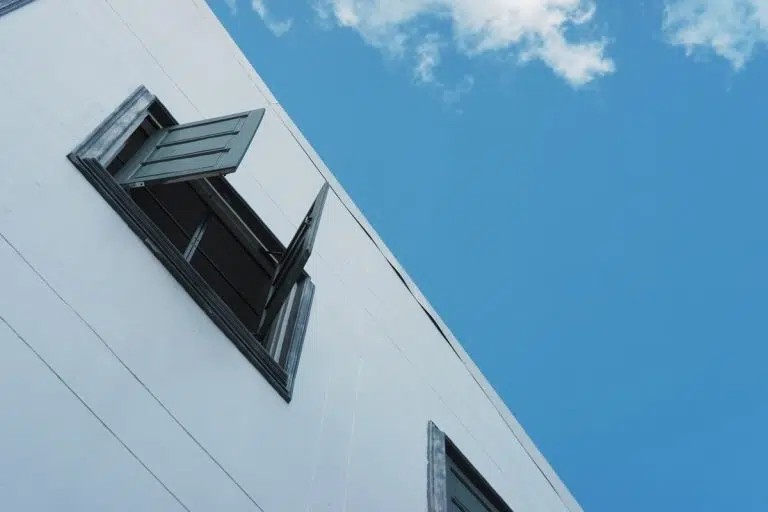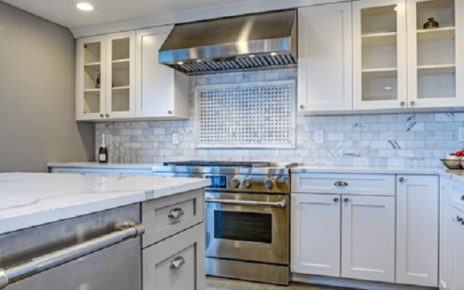In the world of home improvement, choosing the right windows can transform your living space, boost energy efficiency, and enhance curb appeal. If you’re debating between tilt-turn windows (dreh kipp fenster) and traditional casement windows, you’re not alone. Both styles offer unique benefits, but understanding their differences is key to making an informed decision. This article dives deep into a side-by-side comparison of tilt-turn windows vs. traditional casements, covering everything from functionality and design to cost and maintenance. Whether you’re renovating a cozy bungalow or building a modern dream home, we’ll help you weigh the pros and cons to find the perfect fit for your needs.
What Are Tilt-Turn Windows?
Tilt-turn windows (dreh kipp fenster) are a versatile European-style design that’s gained popularity in North America for their dual functionality. These windows operate on a single handle mechanism, allowing them to either tilt inward from the top for secure ventilation or swing open fully like a door from the side for unobstructed access.
Originating from Germany, tilt-turn windows are engineered with high-quality hardware that ensures smooth operation. They’re often made from durable materials like uPVC, aluminum, or wood-clad frames, making them ideal for contemporary homes seeking a sleek, minimalist look. Homeowners love them for their space-saving design—perfect for urban apartments where every inch counts. According to window industry experts, tilt-turn models can improve indoor air quality by providing controlled airflow without compromising security, which is a game-changer in climates with unpredictable weather.
What Are Traditional Casement Windows?
On the other hand, traditional casement windows are a timeless classic, hinging on one side and cranking open outward like a door. Popular since medieval times, they’ve evolved into a staple for colonial, Victorian, and Craftsman-style architecture. The crank mechanism allows for precise control over how far the window opens, directing breezes exactly where you want them.
Crafted from wood, fiberglass, or vinyl, casement windows emphasize durability and aesthetics. Their full-swing opening maximizes views and light, making them a favorite for rooms like kitchens or living areas. Energy efficiency is another strong suit; when closed, casements form a tight seal against drafts, potentially lowering heating bills by up to 15%, per U.S. Department of Energy guidelines. If you’re after that authentic, old-world charm with modern performance, traditional casements deliver without fail.
Key Differences: Tilt-Turn vs. Traditional Casement Windows
When pitting tilt-turn windows against traditional casements, the contrasts become clear. Tilt-turns offer multifunctional versatility in a compact frame, while casements prioritize expansive views and straightforward operation. Let’s break it down further with a handy comparison table for quick reference.
| Feature | Tilt-Turn Windows | Traditional Casement Windows |
| Opening Mechanism | Tilts inward from top or swings inward fully | Cranks outward from hinges on one side |
| Ventilation | Controlled tilt for top-down airflow | Full outward swing for maximum breeze |
| Space Requirements | Minimal; opens inward, saving exterior space | Requires exterior clearance for swinging |
| Security | High; tilt mode resists forced entry | Good; multi-point locks, but outward swing vulnerable |
| Best For | Modern, urban homes with limited space | Traditional homes needing wide views |
This table highlights how tilt-turns excel in multifunctionality, while casements shine in simplicity and light intake. Your choice ultimately hinges on your home’s layout and lifestyle.
Functionality and Operation: Ease of Use Compared
Functionality is where tilt-turn windows vs. casement windows really shine—or crank, in the case of casements. Tilt-turn models use a single handle to switch modes: a quick turn for tilting (great for airing out a room without letting in rain) or a 90-degree twist for full opening. This user-friendly design reduces the need for multiple locks or cranks, appealing to families with kids or elderly members.
Casements, meanwhile, rely on a reliable crank handle to push the sash outward at various angles. It’s intuitive and allows for better cross-ventilation, but the mechanism can wear over time, especially in humid environments. In terms of accessibility, tilt-turns win for inward operation—no reaching outside to clean or secure. A study by the Fenestration and Glazing Industry Alliance notes that tilt-turn windows reduce cleaning time by 30% compared to outward-swinging casements, a boon for multi-story homes.
However, casements offer superior wind resistance when latched, making them ideal for coastal areas prone to storms. If ease of daily use is your priority, tilt-turns edge out, but for those dramatic, breeze-sweeping openings, casements can’t be beat.
Energy Efficiency and Insulation: Which Seals Better?
Energy efficiency is a top concern for eco-conscious homeowners, and both window types perform well, but with nuances. Tilt-turn windows boast multi-point locking systems that compress the sash against the frame, creating an airtight seal. Paired with double- or triple-pane glass, they achieve U-values as low as 0.15, minimizing heat loss in cold winters. Their inward tilt also prevents air leakage during partial openings, a common issue with outward designs.
Traditional casement windows aren’t far behind, thanks to their hinge-to-frame compression. They often meet ENERGY STAR ratings effortlessly, with some models featuring argon-filled panes for added insulation. However, the crank mechanism can introduce minor gaps if not maintained, potentially increasing energy costs by 5-10% over time.
In head-to-head tests by the National Fenestration Rating Council, tilt-turns slightly outperform casements in air infiltration resistance (0.1 CFM vs. 0.15 CFM per square foot). For maximum savings, opt for low-E coatings on either style—your utility bill will thank you.
Aesthetics and Design Versatility
Aesthetics play a huge role in window selection, and here, tilt-turn vs. casement windows cater to different tastes. Tilt-turns exude modern elegance with clean lines and slim profiles, blending seamlessly into minimalist or Scandinavian interiors. Available in bold colors or frosted glass, they add a contemporary edge without overwhelming the facade.
Traditional casements, with their divided-light grilles and sturdy frames, evoke warmth and heritage. They’re customizable with wood stains or hardware finishes to match period homes, enhancing architectural authenticity. Picture a sunlit breakfast nook framed by casements—pure charm.
Versatility-wise, tilt-turns adapt to tight spaces like bathrooms or hallways, while casements demand more room but reward with panoramic views. If curb appeal is your goal, both elevate it, but casements might suit traditionalists, and tilt-turns the trendsetters.
Installation and Maintenance: Practical Considerations
Installing tilt-turn windows is straightforward, especially in new builds, as their inward swing avoids exterior obstacles like patios. Professional installation typically takes 1-2 hours per window, with uPVC frames resisting warping in humid climates. Maintenance is low-key: a yearly lube of the hinges keeps things smooth, and they’re easy to wipe down from inside.
Casements require careful placement to accommodate the outward swing—think no low-hanging trees. Installation might involve shimming for perfect alignment, adding to labor time. Maintenance includes checking the crank for rust and weatherstripping annually; wood versions need periodic sealing to fend off moisture.
Cost-wise, tilt-turns run $400-$800 per window installed, while casements range $300-$700, per HomeAdvisor data. Factor in long-term durability: both last 20-30 years with care, but tilt-turn hardware often carries longer warranties.
Pros and Cons: Weighing the Trade-Offs
To make it crystal clear, here’s a rundown of the pros and cons of tilt-turn windows vs. traditional casements.
Tilt-Turn Windows
Pros:
- Dual functionality for ventilation and access
- Superior security and energy efficiency
- Space-saving inward operation
- Easy interior cleaning
Cons:
- Higher upfront cost
- Limited outward views in full-open mode
- Potential for inward drafts if not sealed properly
Traditional Casement Windows
Pros:
- Maximizes natural light and airflow
- Affordable and widely available
- Timeless aesthetic appeal
- Strong storm resistance
Cons:
- Requires exterior space to open
- Crank mechanisms can fail over time
- More challenging to clean exteriors
These trade-offs show no one-size-fits-all winner—it’s all about your priorities.
Which Should You Choose? Final Thoughts
So, tilt-turn windows or traditional casements? If you crave versatility, security, and a modern vibe in a compact package, go for tilt-turns—they’re revolutionizing urban living. For classic charm, expansive views, and budget-friendly efficiency, casements remain unbeatable.
Ultimately, assess your home’s style, climate, and usage. Consult a local window specialist for a custom quote, and consider factors like local building codes. With the right choice, your windows won’t just frame your world—they’ll enhance it. Ready to upgrade? Start exploring options today and step into a brighter, more efficient home.





